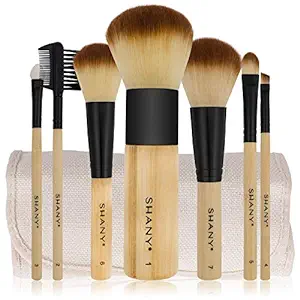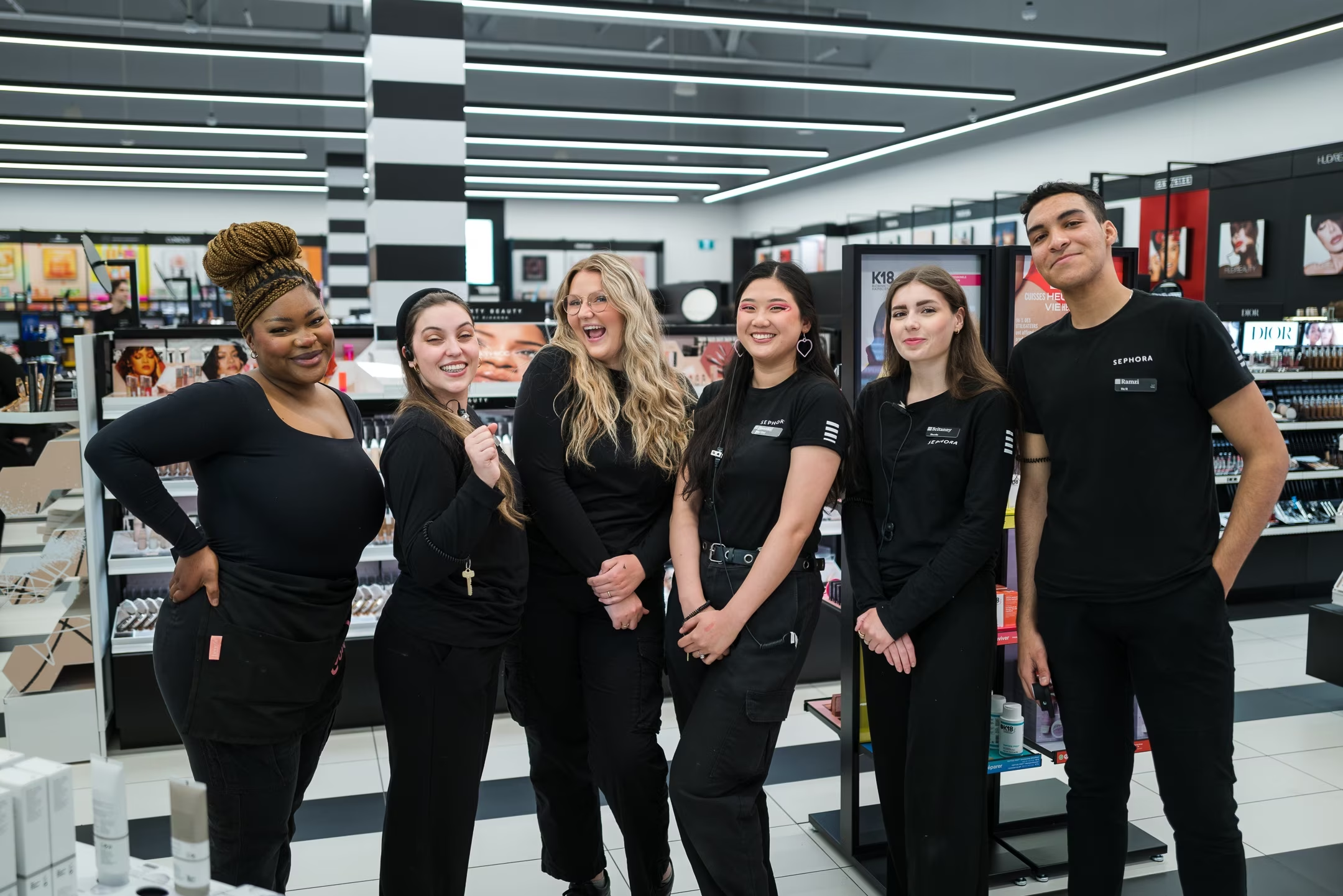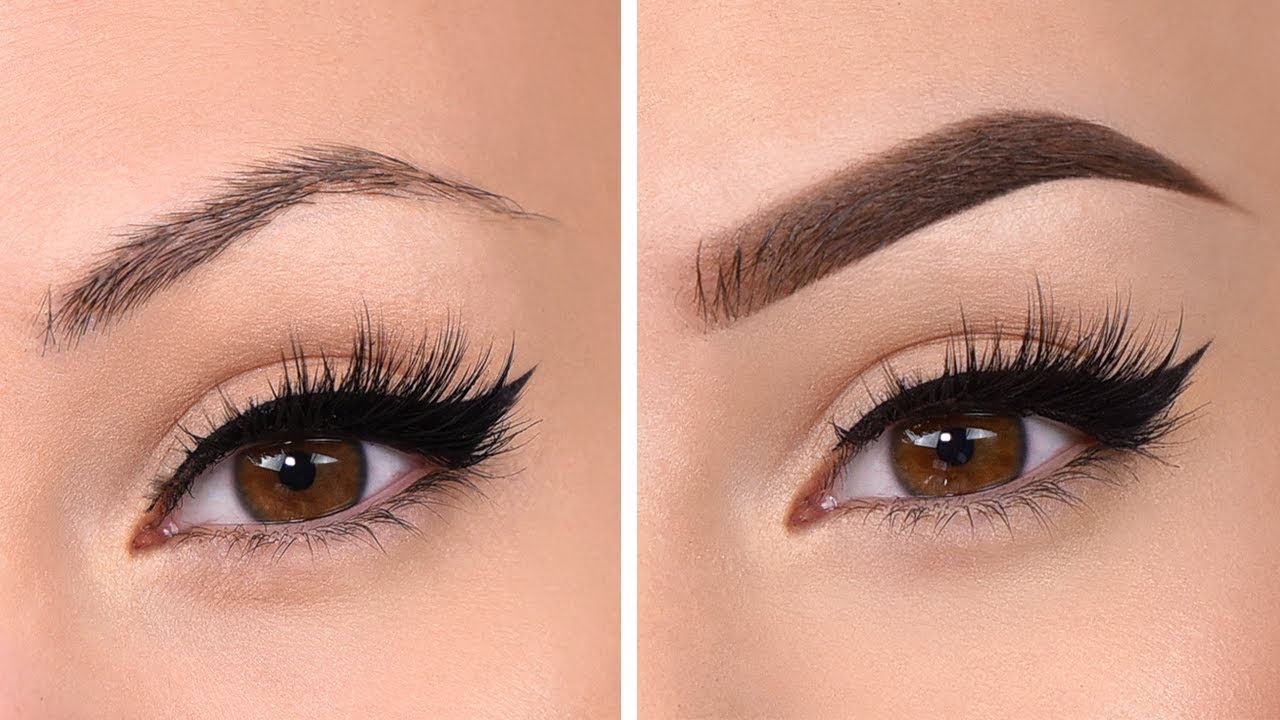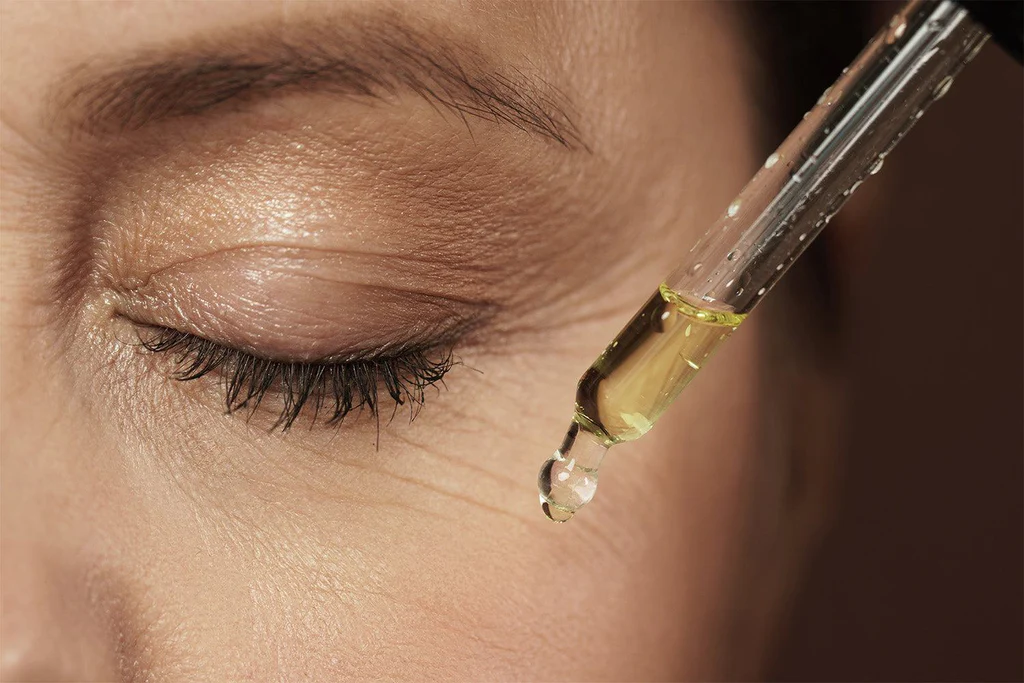
 By
Your Beauty Plug
By
Your Beauty Plug

Makeup tools play a crucial role in achieving a flawless makeup application. They are essential for blending, contouring, and creating various looks. Using the right tools can make a significant difference in the finish and longevity of your makeup. High-quality makeup brushes and sponge applicators are key to achieving a seamless and professional look. They allow for precise application, smooth blending, and even distribution of products. Investing in good-quality tools ensures that you can achieve the desired results and avoid any streaks, patchiness, or cakey appearance. Additionally, using the right tools can help minimize product wastage and save time during your makeup routine. Whether you are a beginner or a professional, having the right makeup tools is essential for creating a flawless and long-lasting makeup look.
Makeup brushes and sponge applicators are two popular tools used for makeup application. Makeup brushes, such as the SHANY Bamboo Makeup Brush Set (ASIN: B005IHSO2Q), are versatile and allow for precise application. They come in various shapes and sizes, each designed for specific purposes like blending, contouring, and highlighting. The bristles of makeup brushes can be made from natural or synthetic fibers, with synthetic brushes being vegan-friendly and easier to clean. On the other hand, sponge applicators, like the EcoTools Core Five Brush Set (ASIN: B0BLT2ZM21), provide a different texture and finish. Sponges are great for creating a natural and airbrushed look, as they blend foundation and other liquid products seamlessly into the skin. They are also perfect for applying cream blush and highlighter. Makeup brushes and sponge applicators both have their pros and cons, and the choice between them depends on personal preference, desired finish, and the type of makeup products being used.

Makeup brushes offer several advantages that make them a popular choice among beauty enthusiasts. Firstly, brushes provide precise application, allowing for better control and accuracy when applying makeup. The bristles of the brushes help to evenly distribute the product, resulting in a more seamless and blended finish. Additionally, brushes are versatile and can be used for various makeup techniques, from applying foundation and blush to creating intricate eye looks. They also allow for layering and building up product, giving you the option to achieve a natural or more intense makeup look. Another benefit of using makeup brushes is their durability. With proper care, high-quality brushes can last for a long time, making them a worthwhile investment.
While makeup brushes have their advantages, there are also a few drawbacks to consider. Firstly, brushes can be time-consuming to clean and maintain, especially if you have a large collection. Additionally, some brushes may shed bristles over time, which can be frustrating and impact the application process. Another con is that brushes can sometimes absorb more product compared to other applicators, leading to product wastage. Brushes may also require some skill and practice to use effectively, especially for beginners. Lastly, brushes may not be ideal for certain makeup products, such as cream or liquid formulas, as they can leave streaks or uneven application.
Sponge applicators have gained popularity in the makeup industry for several reasons. Firstly, they are great for achieving a natural, airbrushed finish. The sponge texture helps to blend the makeup seamlessly into the skin, leaving no streaks or harsh lines. Additionally, sponge applicators are perfect for applying liquids or creams as they absorb just the right amount of product, ensuring even coverage without wasting any makeup. The soft and flexible nature of the sponge also allows for easy maneuvering around hard-to-reach areas such as the nose and under the eyes. Moreover, sponge applicators are hygienic and easy to clean, making them suitable for sensitive or acne-prone skin.
While sponge applicators have their advantages, they also come with a few drawbacks. One of the main concerns is hygiene. Sponges tend to absorb and retain moisture, which can lead to the growth of bacteria if not cleaned or replaced regularly. This can potentially cause skin irritations or breakouts. Another con is the tendency of sponge applicators to soak up more product than necessary, which may result in wastage. Additionally, sponge applicators may not be as precise as brushes when it comes to detailed or intricate makeup application. Lastly, sponges can wear out over time and may need to be replaced more frequently compared to brushes.

Makeup brushes are essential tools for achieving a flawless makeup look. There are various techniques for using makeup brushes, depending on the desired outcome. One popular technique is the stippling method, which involves lightly tapping the brush onto the skin to create an airbrushed effect. This technique is great for achieving a smooth and even application of foundation or blush. Another technique is the blending method, where the brush is used in circular motions to seamlessly blend different shades of eyeshadow or contour products. Makeup brushes can also be used for precise application, such as creating sharp winged eyeliner or defining the brows. The key is to choose the right brush for each task, ensuring the perfect application every time.
Sponge applicators have gained popularity in recent years for their ability to create a flawless and natural-looking finish. There are different techniques for using sponge applicators, each yielding unique results. The most common technique is the bouncing method, where the sponge is lightly bounced onto the skin to blend foundation or concealer. This technique helps to create a seamless and airbrushed finish, while also providing a natural-looking coverage. Another technique is the stippling method, similar to the one used with makeup brushes. By lightly tapping the sponge onto the skin, it allows for a buildable coverage and a flawless application of products like blush or highlighter. Sponge applicators are also great for blending out cream products, such as cream eyeshadows or cream contour. The versatility of sponge applicators makes them a favorite among makeup enthusiasts.
Makeup brushes have long been a staple in every makeup enthusiast’s collection. One of the main advantages of using makeup brushes is the ability to achieve various finishes on the skin. Whether you’re aiming for a natural, airbrushed, or bold look, makeup brushes offer versatility in creating different effects.
For a flawless and blended application, a dense and fluffy brush, such as a kabuki brush, is perfect. These brushes are great for applying powder foundation or blush, as they evenly distribute the product for a seamless finish. Additionally, angled brushes are ideal for contouring and defining the facial features, allowing for precise application and a sculpted look.
Makeup brushes also excel in creating a soft and diffused eyeshadow look. Blending brushes with fluffy bristles effortlessly blend different shades together, giving the eyes a beautifully seamless gradient effect. Additionally, flat brushes are perfect for packing on intense pigments or applying glitter to achieve a vibrant eye makeup look.
Sponge applicators, on the other hand, offer a unique approach to applying makeup and achieving different finishes. The soft and squishy texture of sponges allows for a natural and dewy application, perfect for those who prefer a light and sheer coverage.
When it comes to foundation, sponge applicators, such as the iconic beauty blender, can give a flawless, airbrushed effect. The damp sponge helps blend the foundation seamlessly into the skin, creating a natural-looking finish. Moreover, sponge applicators are great for those with dry or textured skin, as they prevent the product from clinging to dry patches or emphasizing pores.
Sponge applicators are also excellent for applying cream or liquid blushes and highlighters. The sponge’s porous texture helps to blend the product seamlessly onto the skin, resulting in a natural, lit-from-within glow. Additionally, sponges are perfect for creating a soft and diffused eyeshadow look, as they effortlessly blend the colors together for a beautifully blended finish.
In summary, both makeup brushes and sponge applicators offer unique benefits in achieving different finishes. Whether you prefer the versatility and precision of makeup brushes or the natural and dewy finish of sponge applicators, incorporating both into your makeup routine can help you achieve a variety of stunning looks.

Cleaning and sanitizing makeup brushes is an essential part of maintaining good hygiene and extending their lifespan. With makeup brushes, the process of cleaning is relatively straightforward. You can use a brush cleanser or a mild soap combined with warm water to remove product buildup and bacteria. Gently swirl the bristles in the cleanser, being careful not to wet the handle or ferrule, as this can loosen the glue and damage the brush. Rinse thoroughly and reshape the bristles before laying them flat to dry.
Regularly cleaning makeup brushes not only ensures a better makeup application but also helps to prevent breakouts and skin irritations caused by bacteria buildup. It is recommended to clean them at least once a week, especially for brushes used with liquid or cream products. By properly maintaining your makeup brushes, you can enjoy their optimal performance and longevity.
Cleaning and sanitizing sponge applicators, like makeup brushes, is crucial to maintain good hygiene. However, the process differs slightly due to the material and structure of sponges. Sponge applicators, such as beauty blenders, absorb and hold onto product, making them prone to harboring bacteria.
To clean sponge applicators, start by wetting the sponge with warm water. Apply a small amount of mild soap or a dedicated sponge cleanser and gently massage the product into the sponge. Squeeze and rinse until the water runs clear, ensuring all makeup residue is removed. It’s important to be gentle to avoid damaging the sponge.
Sanitizing sponge applicators can be done by using a disinfecting spray or soaking them in a mixture of water and gentle antibacterial soap. Allow them to air dry thoroughly before using again.
Due to their porous nature, sponge applicators may need more frequent cleaning compared to brushes. To prevent bacterial growth, it is recommended to clean them after each use or at least every few days.
Both makeup brushes and sponge applicators require regular cleaning and sanitizing to keep them in optimal condition and ensure a flawless makeup application.




